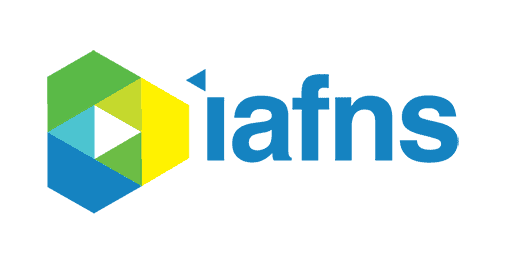IAFNS is committed to sharing the results of the research we support, regardless of the outcomes. Our publications undergo stringent peer-review by qualified experts prior to publication and include disclosure of all sources of funding.
Trends in Food Allergy Research, Regulations and Patient Care
Nutrition Today, 2022
Read more about Trends in Food Allergy Research, Regulations and Patient Care
Translating the 2010 Dietary Guidelines for Americans to Bring About Real Behavior Change
Journal of the American Dietetic Association, 2011
This article, published in the Journal of the American Dietetic Association, is the second of two papers resulting from two expert dialogues held in the fall of 2010 among nutrition scientists and food scientists charged with innovating strategies to bring Americans’ diets more closely in line with the 2010 report from the Dietary Guidelines Advisory Committee.
Trans fatty acids and cholesterol levels: An evidence map of the available science
Food & Chemical Toxicology, 2016
This study used evidence mapping approaches to characterize the full body of literature on LDL-Cholesterol and Trans fatty acids at low intake levels.
Read more about Trans fatty acids and cholesterol levels: An evidence map of the available science
Trans Fatty Acid Intakes and Food Sources in the U.S. Population: NHANES 1999-2002
Lipids, 2012
The 1999-2002 National Health and Nutrition Examination Survey (NHANES) was used to identify a benchmark for TFA intake.
Read more about Trans Fatty Acid Intakes and Food Sources in the U.S. Population: NHANES 1999-2002
Towards Establishing Dietary Reference Intakes for Eicosapentaenoic (EPA) and Docosahexaenoic Acids (DHA)
Journal of Nutrition, 2009
This paper, published in the Journal of Nutrition (2009;139:804S–819S), summarizes a workshop sponsored by the Dietary Lipids Committee that presented the current scientific understanding of the impact of dietary EPA and DHA on cardiovascular, neurocognitive, and cancer outcomes.
